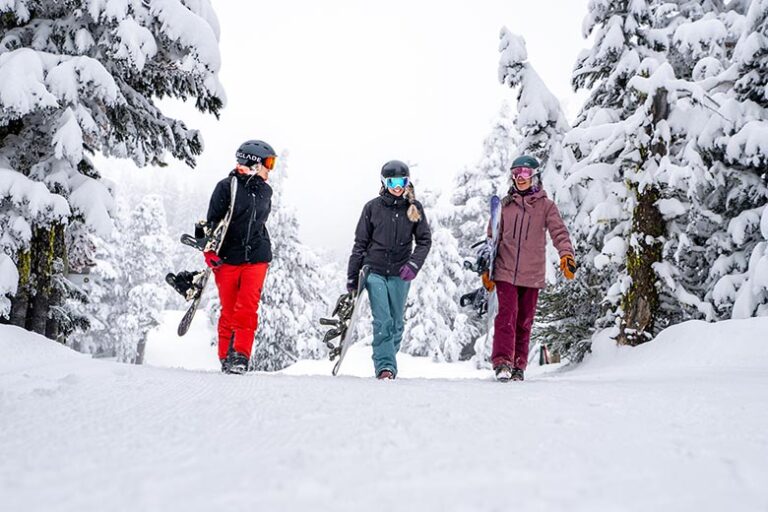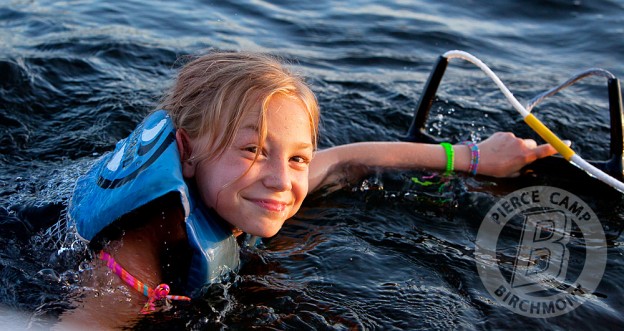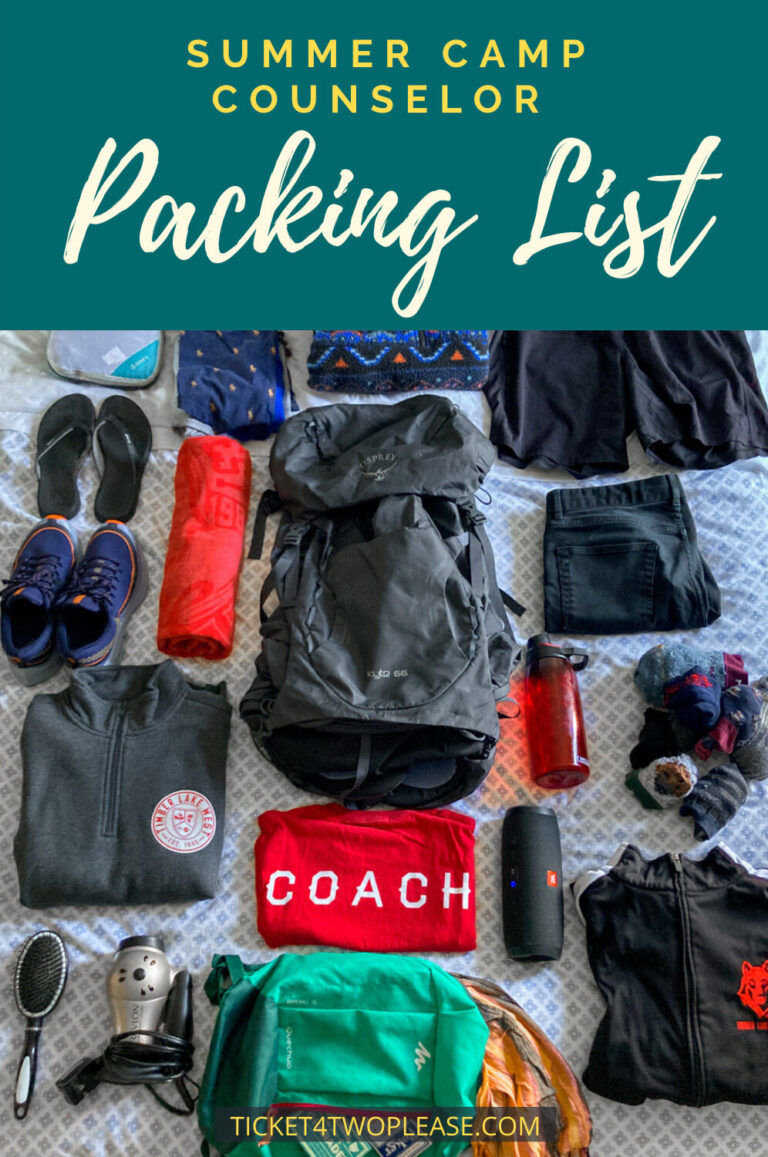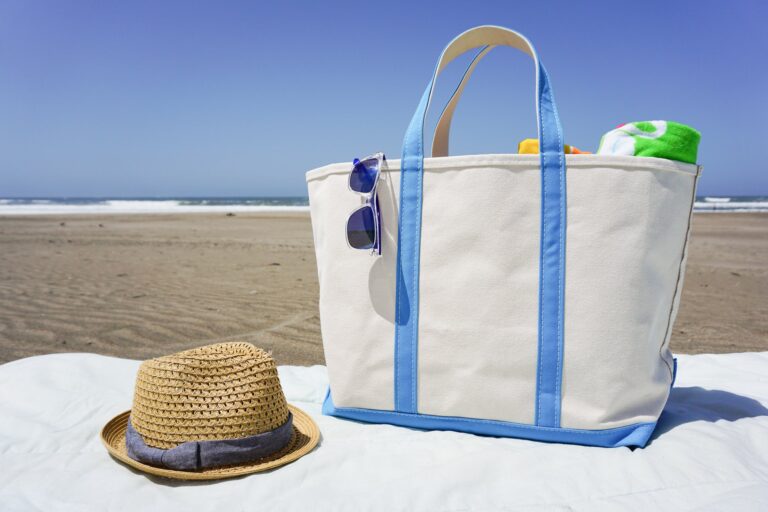Pack lightweight, versatile gear such as a fly rod, reel, flies, waders, and a backpack for backcountry fly fishing. Backcountry fly fishing requires careful selection of gear that is lightweight, versatile, and easy to transport.
From the essential fly fishing gear like a fly rod, reel, and flies to the practical gear like waders and a fishing backpack, packing smart is key. We will discuss the essential items to pack for a successful backcountry fly fishing trip.
We’ll cover everything from the best fly rods for backcountry fishing to the must-have accessories that will ensure your fly fishing adventure is a success. So grab your gear and let’s dive in to learn what you need to pack for backcountry fly fishing.
The Basics: Fishing Equipment
Are you getting ready for a backcountry fly fishing trip? Packing the right equipment is crucial for a successful and enjoyable experience. Here are the basics you’ll need to consider:
| Fly Rod | A quality fly rod suitable for the size of fish you’ll be targeting is essential. Make sure it’s paired with an appropriate reel. |
| Fly Reel | Choose a reel that matches the weight of your fly rod. Look for a smooth drag system and durability. |
| Fly Line | Match your fly line to the weight of your rod and the fishing conditions. Weight-forward lines are versatile and a popular choice. |
| Leaders and Tippet | Leaders and tippet materials help you present your fly effectively. Consider different lengths and strengths to cover various scenarios. |
| Fly Box | Keep your flies organized and easily accessible in a fly box. Have a selection of patterns that imitate local insects and fish prey. |
| Flies | Pack a variety of flies to match the hatch and conditions. Dry flies, nymphs, and streamers are common choices to cover different water types. |
Remember, the success of your backcountry fly fishing adventure hinges on proper preparation and having the right gear. Plan ahead, research the area you’ll be fishing, and pack accordingly to maximize your chances of landing the big one!
Clothing And Protective Gear
When going backcountry fly fishing, it is essential to pack the right clothing and protective gear to ensure a safe and enjoyable experience. Waders are a key component, offering waterproof protection and allowing you to traverse rivers and streams with ease. Pair them with sturdy wading boots for added traction and support. Don’t forget a wading belt to secure your waders and prevent water from entering in case of a fall. A fishing vest or pack is ideal for organizing your gear and keeping essentials within reach. Protect yourself from the sun’s rays by wearing hats and sunglasses and apply a high SPF sunscreen to exposed skin. Shield yourself from pesky bugs with insect repellent. Lastly, be prepared for changing weather conditions by packing rain gear.
Essential Accessories
When planning your backcountry fly fishing trip, it’s important to pack essential accessories that will enhance your fishing experience. These items will help you stay organized, prepared, and safe throughout your adventure.
| Fishing License | Make sure to pack your valid fishing license or permit. It’s essential to comply with local regulations and ensure you have the legal right to fish in the area you’re exploring. |
| First Aid Kit | Carrying a compact first aid kit is crucial for any outdoor activity. Be prepared for accidents or injuries by packing basic medical supplies. |
| Multi-Tool | A versatile multi-tool is a must-have for backcountry fishing. It can come in handy for various tasks such as cutting fishing line, fixing equipment, or opening cans of food. |
| Knot-Tying Tool or Nippers | Having a knot-tying tool or nippers will make it easier for you to tie knots and secure your flies to the line. These small tools can save you time and frustration on the river. |
| Zinger and Retractor | A zinger and retractor are essential for keeping your tools and accessories securely attached to your vest or pack. They ensure easy access and prevent accidental loss. |
| Hook Sharpener | Keeping your hooks sharp is vital for successful fly fishing. A hook sharpener will help you maintain the sharpness of your flies, increasing your chances of hooking fish. |
| Fly Fishing Guidebook or App | A guidebook or app specific to the location you’re fishing in can provide valuable information on local hatches, recommended flies, and fishing techniques. |
| Camera or Phone | Don’t forget to capture your memorable fishing moments. A camera or phone with good photo capabilities will allow you to document your catches and share your experiences with others. |

Credit: www.mossyoak.com
Safety Precautions
When preparing for backcountry fly fishing, it is essential to pack the right gear for safety. Be sure to include items such as a first aid kit, bear spray, navigation tools, and emergency food and water supplies to stay prepared in remote areas.
Bear Spray: Carry bear spray to deter any potential bear encounters. Ensure it is easily accessible at all times.
Bear Bag or Bear Canister: Use a bear bag or bear canister to store your food and avoid attracting bears to your camping area.
Whistle: Carry a whistle to alert others in case of emergency or if you need assistance.
Emergency Contact Information: Keep a list of emergency contact numbers, including local authorities and your emergency contact person.
GPS or Map and Compass: Have either a GPS or a map and compass to navigate through unfamiliar territory and prevent getting lost.
Tackle Repair Kit: Bring a tackle repair kit in case you encounter gear malfunctions while fly fishing.
Extra Clothing: Pack extra clothing to stay prepared for changing weather conditions. Layering is important.
Snacks and Water: Carry sufficient snacks and water to stay hydrated and nourished during your backcountry fly fishing adventure.
Optional But Recommended Items
| Landing Net |
| Fishing Hat or Cap |
| Fishing Gloves |
| Portable Stove and Cookware |
| Water Filtration System |
| Fishing Floatant |
| Extra Fly Line and Backing |
| Spare Reel and Rod Sections |
Packing the right items for a backcountry fly fishing trip is crucial for a successful and enjoyable experience. While these items are optional, they are highly recommended to enhance your fishing adventure.
A landing net is invaluable for safely handling and releasing fish. A fishing hat or cap provides protection from the sun, while fishing gloves offer both sun and abrasion protection. A portable stove and cookware allow you to prepare meals and boil water, and a water filtration system ensures a clean and safe drinking supply.
Don’t forget fishing floatant to keep your flies afloat and visible on the water. It’s also wise to pack extra fly line and backing in case of line damage or breakage. Additionally, bringing a spare reel and rod sections can save the day if your gear gets damaged.
By packing these recommended items, you’ll be well-prepared and equipped for a great backcountry fly fishing adventure.
Frequently Asked Questions For What To Pack Back Country Fly Fishing
What Should Be In A Fly Fishing Pack?
Your fly fishing pack should include the essentials: fly rod, reel, line, flies, tippet, and leaders. Also carry tools like nippers, forceps, and a net. Don’t forget accessories like sunscreen and a hat.
What Are The Best Flies For Backcountry Fishing?
The best flies for backcountry fishing are generally small and imitate natural insects. Some popular options are the Elk Hair Caddis, Parachute Adams, Hare’s Ear Nymph, and Griffith’s Gnat. Varying fly patterns can be effective depending on the specific location and time of year.
What Gear Do I Need To Get Started Fly Fishing?
To get started with fly fishing, you’ll need a fly rod, reel, and fly line. Additionally, you’ll need some basic fly fishing flies, a leader, tippet, and accessories such as nippers and forceps. This gear will allow you to cast, retrieve, and catch fish using the fly fishing technique.
How Do You Pack A Fly Fishing Backpack?
To pack a fly fishing backpack, follow these steps: 1. Sort your gear – organize and categorize your fishing tools and equipment. 2. Water-resistant compartments – pack your items in waterproof or water-resistant bags or pouches. 3. Weight balance – distribute the weight evenly in the backpack for comfort and stability.
4. Accessibility – place often-used items in easily accessible pockets. 5. Securely close – fasten all zippers and straps securely to prevent items from falling out.
Conclusion
Planning and packing for a backcountry fly fishing trip can be overwhelming, but with the right gear, you can have a successful and enjoyable adventure. Prioritize essentials like a reliable fly rod, lightweight waders, and a sturdy backpack. Don’t forget to pack essential accessories such as flies, leaders, and tippet.
Clothing layers, personal safety items, and a first aid kit are also crucial. Remember, proper preparation and packing are key to a successful backcountry fly fishing experience. Happy fishing!






